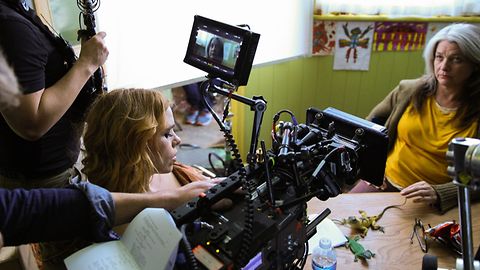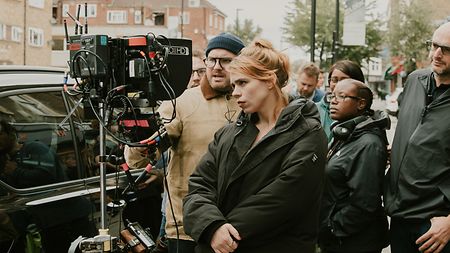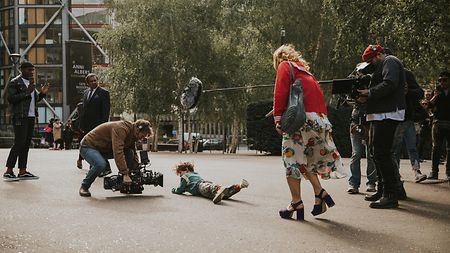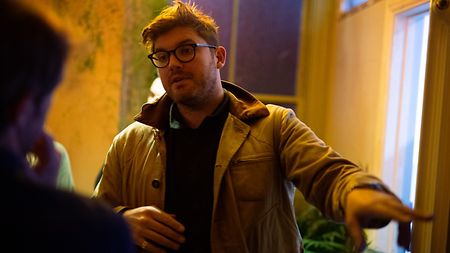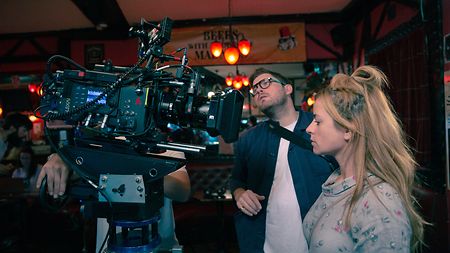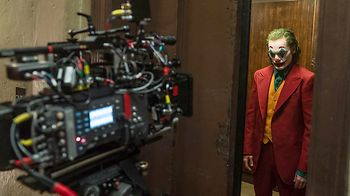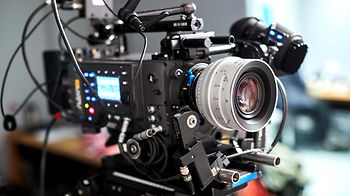British film "Rare Beasts" has been called an anti rom-com, an unflinching portrait of a troubled young woman in the modern world, trying to find love while holding together the unravelling strands of her disordered life. Written and directed by Billie Piper, who also plays the lead role, the film was shot by cinematographer Patrick Meller. After reaching out to ARRI Rental’s UK office during preproduction, Meller found himself with an opportunity to shoot with the exclusive ALEXA 65 camera system and Prime 65 S lenses. He speaks here about his experience using the 65 mm format for a tight, tense, low-budget drama.
How did you get involved in the project?
I’d shot a short film called "Beast" for the BFI, where Billie played the lead; we met on that project and got on well. A year later my agent mentioned he’d got a copy of this very interesting script written by Billie, and she was going to star and direct in it. I was intrigued and wanted to read it. I wrote Billie an email asking if she would allow me to cast my eyes over it. It was a bit forward, I guess, but she sent me a copy and I loved it. We met up to talk about the project and things evolved from there.
